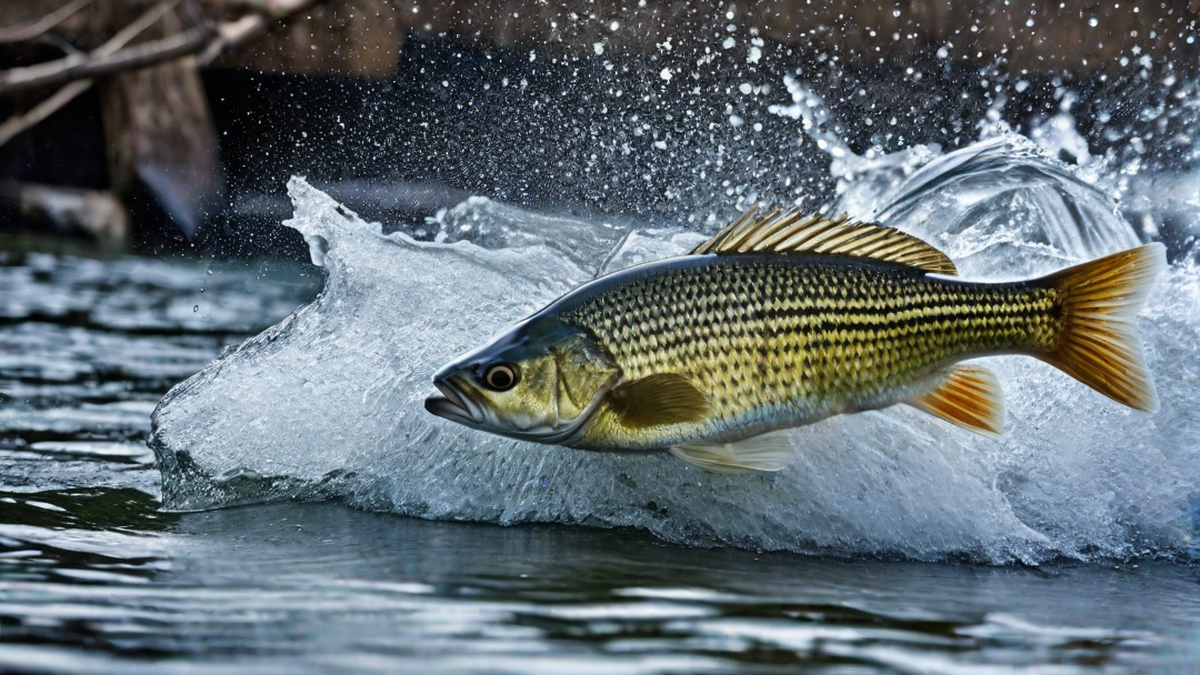When it comes to fishing, one of the most exhilarating experiences is witnessing the annual white bass run. As an avid angler myself, I have had the pleasure of chasing after these feisty fish during their migration. Today, I want to share my knowledge and personal experiences about when white bass start running.
Understanding the White Bass Run
The white bass, scientifically known as Morone chrysops, is a popular game fish native to North America. Every year, during the springtime, white bass embark on a remarkable journey to spawn in freshwater tributaries.
The exact timing of the white bass run can vary depending on several factors, including geographical location, water temperature, and weather conditions. Generally, though, white bass start their migration when the water temperature reaches around 50 to 55 degrees Fahrenheit.
It is important to note that white bass runs are more prevalent in rivers and streams rather than lakes. This is because rivers provide the ideal conditions for spawning, such as a current, gravel beds, and suitable water depth.
The Significance of Water Temperature
Water temperature plays a crucial role in triggering the white bass run. As the temperature rises, it signals to the white bass that it is time to begin their journey. The warming water acts as a biological cue, stimulating their reproductive instincts.
During the early stages of spring, white bass can be found in deeper sections of lakes and rivers, congregating in large schools. As the water temperature continues to increase, they start moving towards shallow areas and eventually make their way upriver to spawn.
Factors Influencing the Timing
While the general temperature range provides a rough estimate, it is important to consider other factors that can affect the timing of the white bass run. These factors include:
- Latitude: White bass runs tend to happen earlier in southern regions compared to northern regions.
- Weather Conditions: Unusually warm or cold weather can delay or accelerate the white bass run.
- Water Flow: The flow rate of a river or stream can impact the timing of the white bass run. High water levels can hinder their migration, while low water levels can speed it up.
Tips for White Bass Fishing
Now that we have a good understanding of the white bass run, let’s talk about some tips to increase your chances of a successful fishing trip:
- Timing is Key: Plan your fishing trip around the anticipated start of the white bass run in your area. Keep an eye on water temperature and local fishing reports.
- Use the Right Gear: White bass are known for their aggressive feeding behavior during the run. Equip yourself with medium to light spinning or baitcasting rods and reels, and use lures such as jigs, spoons, or crankbaits.
- Locate the Schools: Look for areas with current breaks, such as eddies or submerged structures, where white bass tend to congregate. Pay attention to birds or seagulls feeding on surface bait, as it can indicate the presence of white bass below.
- Experiment with Techniques: White bass can exhibit different feeding patterns depending on the day and location. Don’t be afraid to try various techniques, such as jigging, trolling, or casting and retrieving.
- Practice Catch and Release: During the white bass run, it is important to practice responsible fishing. White bass lay thousands of eggs, ensuring a healthy population for the future.
In Conclusion
The white bass run is a captivating event that every angler should have on their fishing bucket list. Understanding when white bass start running and the factors influencing their migration can greatly enhance your chances of a successful and rewarding fishing experience.
So, gear up, monitor the water temperature, and get ready for an adrenaline-pumping adventure as you chase after the majestic white bass during their annual run!

